Tulak Angen, legacy of the tradition of art
My job this week is to make Tulak Angen, tulak angen patterned carvings typical of Aceh with the type of engraving, carving hollow.

The Acehnese people called it Tulak Angen, I do not know what it is called in Malay or English language. I have asked some friends of Architects, they said, in Malay it is called Singap Tombak Layar (Spear Screen).
Historically, in Aceh tulak angen very commonly found in traditional houses and the other old buildings that have a triangular roof. In addition to beautify the roof of the building, the use of tulak angen actually has its own function, especially in the traditional house.
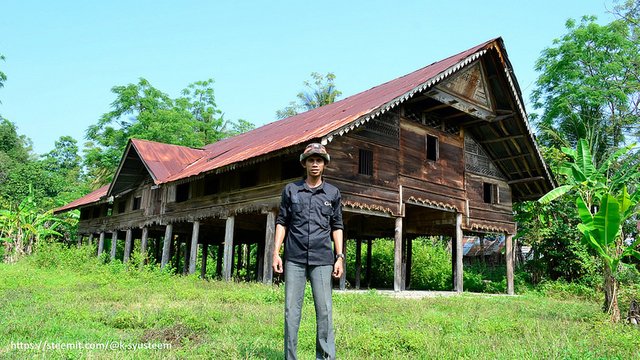
Acehnese traditional house-shaped house on stilts with a height of 2-3 m of land longitudinal east-west following the eastern monsoon climate and west monsoon. Placement tulak angen the east and west side of the house will serve as a repellent wind or air filter.
In east monsoon (summer), tulak angen in the east will filter incoming air so that the house is not stuffy and hot. Conversely, when the west monsoon (rainy / cold), tulak angen in the west also will filter incoming air so that the house is not damp and the people inside the house is not cold.
In short, tulak angen on the traditional Acehnese house serves to regulate the temperature in the house remains stable.
Besides to regulate the temperature in the house remains stable, tulak angen also serves to keep the house does not sway when the strong winds, both the wind from the east or the west.
In accordance with its usefulness, carving on tulak angen always be made in the form of hollow carving (carved hollow).
In these days we can find tulak angen almost all the buildings in Aceh, both in buildings with concrete and wood construction, because tulak angen at the present time has become a distinctive marker for the buildings in Aceh. Its usefulness was already not the same as usefulness in the past, it can be seen from the carving on tulak angen models that are no longer using hollow carving. Perhaps in modern times it is just to beautify the building, but still preserve the values of Acehnese in the art.
And for me it is a legacy of the tradition of art that can not be abandoned.
Okay, let's see some pictures of my work.
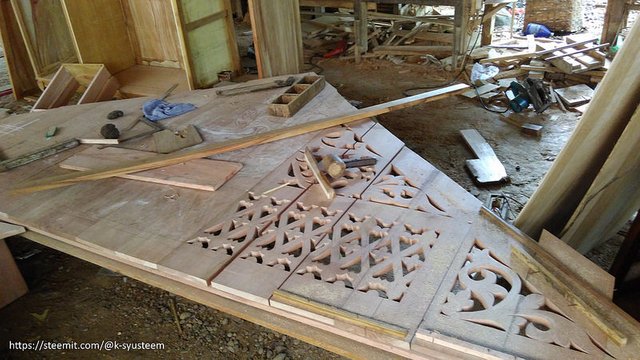
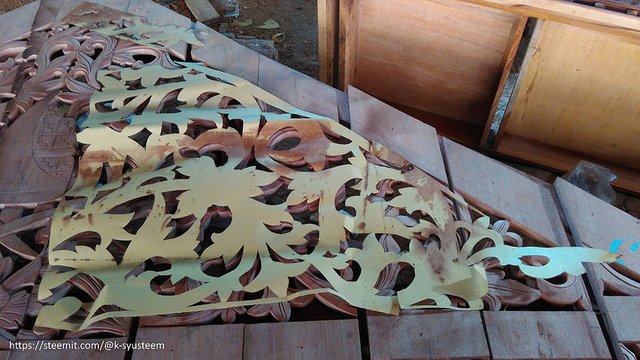
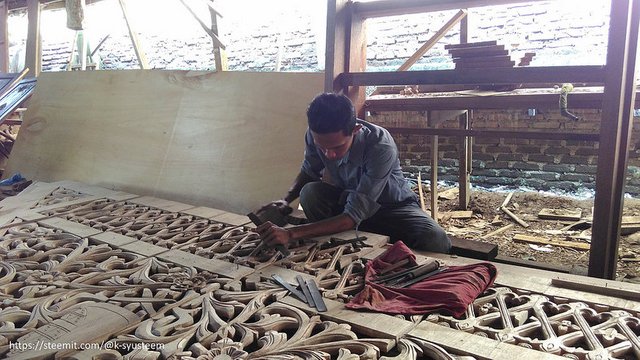
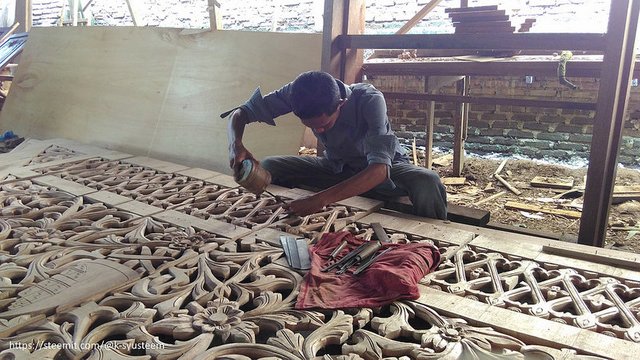
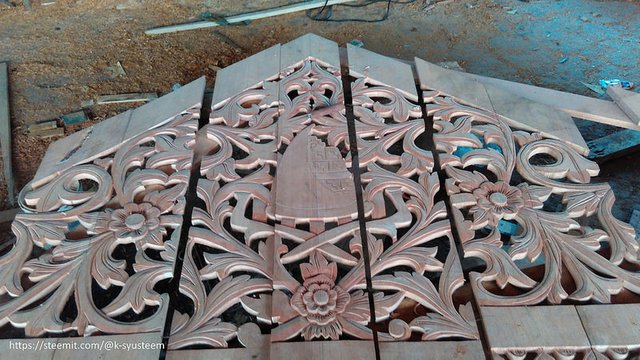
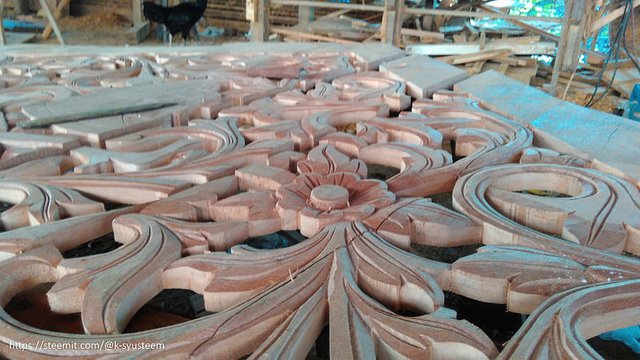
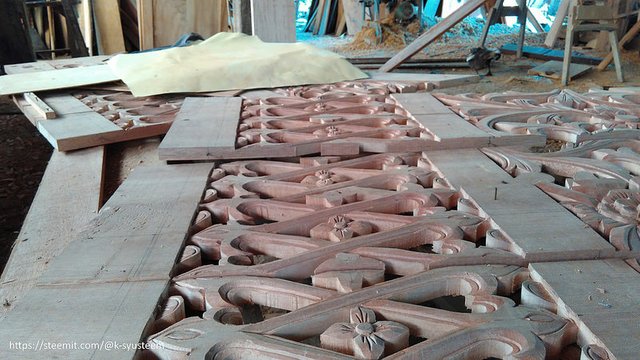
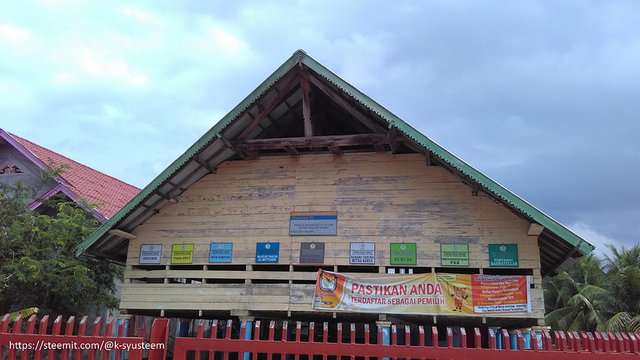
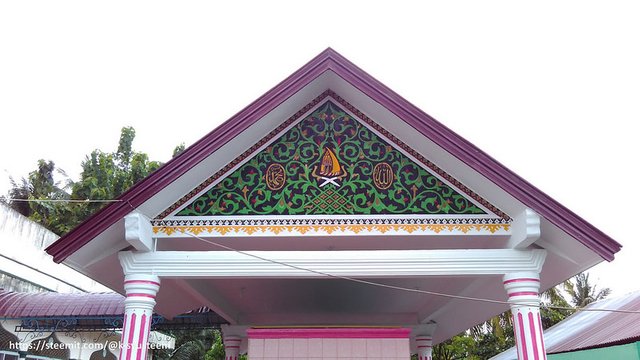
My older post about carving
-From stone carving into wood carving
-My wood carving - calligraphy ornament on the minbar (Mosque pulpit)
-History of Carving in Aceh

Fantastic work! Cheers!
Thanks @firepower
Greetings! Your post was curated by our team @curie recently. This is just a notification that your post is listed in today's edition of The Daily Curie (link). Keep creating and curating awesome stuff! Have a great day :)
Very thanks @curie.
Wow !!! Artisans everywhere in 🇮🇩 !